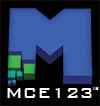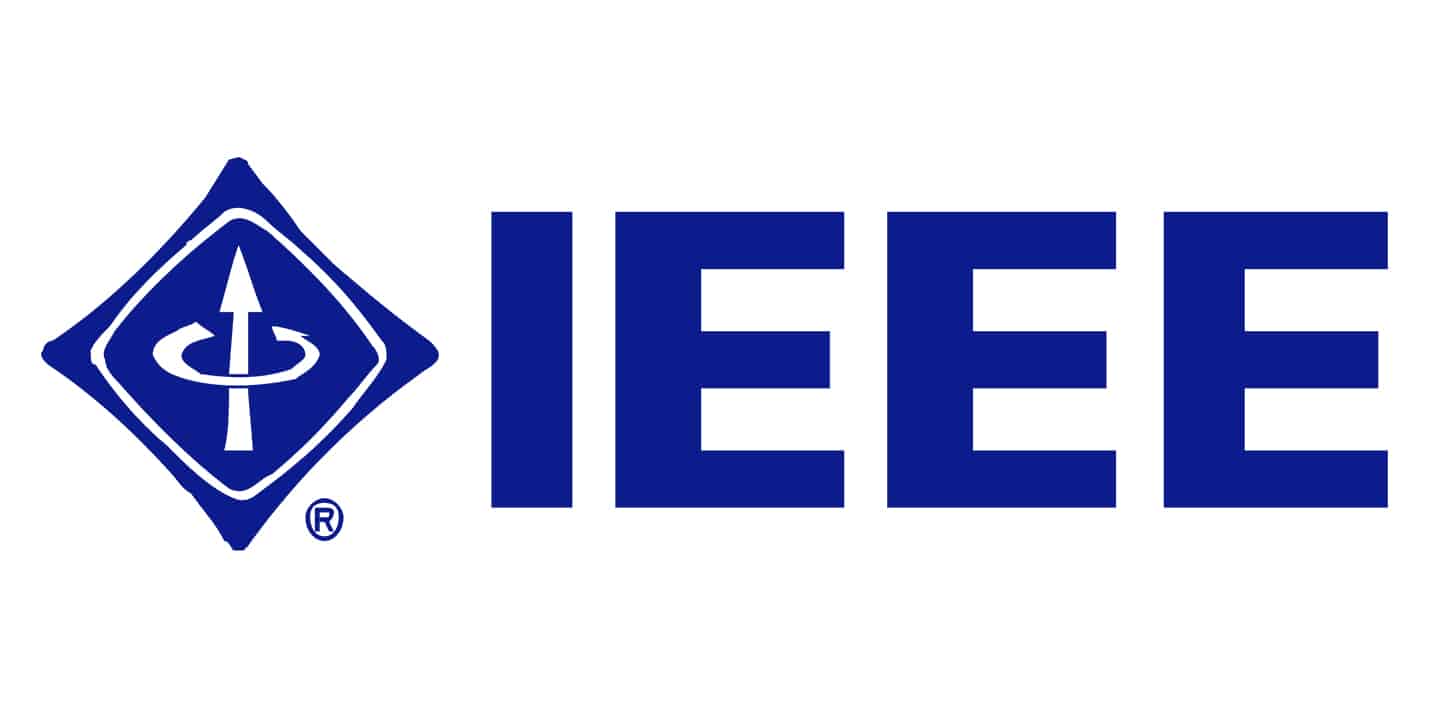This invention concept pertains to a spacecraft that has robotic arms that can service the space station or satellites or other spacecraft in space, with the option of having an astronaut inside of it to control it, in a larger model.
Autonomous Capabilities
The robotic spacecraft would have an autonomous mode, to make the repairs, and also an autonomous navigation mode, to be able to travel and make the repairs, without human assistance, in-person or remotely. The autonomous capabilities originate from a remote controlled autonomous artificial intelligence operating system, which receives instructions, such as to search for problems, or to make repairs, or to return to Earth, or return to the International Space Station.
Functional Capabilities
The spacecraft would have the capability to refill fluids, such as fuels or battery liquids inside of satellites, or replace batteries or battery components, or replace or install various types of electronic components. There would be equipment to be able to loosen and remove screws, such as a magnetic screw driver, that would have moving parts to remove screws, however then the screws would be captured by a magnetism in the screw driver, that could be released, to remove the screw into a container to store the screw, or mounting brackets for various satellites or spacecraft that are being repaired in orbit. The robotic spacecraft would have a storage compartment inside, that would have a robotic arm, that would be capable of coming out of the compartment to install various components, such as rocket fuel tanks or batteries, or other satellite components, such as to replace broken components of satellites or on spacecraft. The robotic spacecraft would also have arc welding and plasma/arc cutting capabilities, to be able to modify steel or aluminum or other metal components of satellites or spacecraft in orbit.
Repair Capabilities
The robotic spacecraft would be able to repair other spacecraft, such as a Space Shuttle, or a X-37B, or other spacecraft, including by replacing, installing, or repairing heat shielding. The robotic spacecraft would also have the capability to repair the International Space Station, including by sealing holes safely in plastic or metal components. The robotic spacecraft would be capable of using or installing glues or epoxies to seal gaps or holes, in addition to welding, with metal welding or with epoxy welding. The robotic spacecraft would have special robotic arms with a replaceable epoxy spreader.
Flight Capabilities
The robotic spacecraft would have a vertical takeoff capability, to just fly straight up vertically, from the ground of the planet, and enter orbit, and then fly or travel to the destination of the orbiting equipment that needs to be repaired, and then come straight back down.
There could be a different spacecraft that the robotic spacecraft connects to, or sits inside of, that transports the robotic spacecraft between the planet surface and orbit. Both of these units could act like drones, or drone spacecraft.
Navigational and Propulsion Capabilities
The robotic spacecraft would have its own navigational system, and its own propulsion system, and would be able to navigate easily in orbit, to find the exact spacecraft or space satellite that needs to be repaired, and the robotic spacecraft would be able to make the repairs, and then either return to Earth, or return to the International Space Station, safely and easily.
Docking Capabilities
The robotic spacecraft would have the capability to dock on a larger spacecraft that could bring it back to Earth or whatever planet the spacecraft and robotic spacecraft were on or in orbit of. The robotic spacecraft would also be able to dock with the International Space Station, to receive supplies, and then go out from the International Space Station, to repair space satellites or other spacecraft.
There would be a standard dock to access the robotic spacecraft, so it can dock with any other spacecraft or any space station that has the standardized dock.
Storage Capabilities
The robotic spacecraft would have storage capabilities that would be used to store tools and attachments for the robotic spacecraft, however that can also be used to transport supplies, such as between astronauts in spacewalks, and the International Space Station, or between Earth and the International Space Station. There would be wrap-around robotic doors, that can seal in the contents of the storage bay, without exposing them to open space. There would be outer doors, or an outer chute door, that would slide upwards inside the spacecraft, and would seal in the inner breadbox or sliding wrap-around doors, that would connect together in the middle of the storage compartment, or connect on one of the sides of the storage compartment.
Components
There would be high voltage batteries and different type of fuel tanks that mix different types of fuel inside the robotic spacecraft, to propel the spacecraft forward or upwards or side to side. There would be thrusters on various sides of the spacecraft, including for steering, and for propulsion. There would be a system in the spacecraft to collect certain types of fuels from orbit or from space, and use them for propulsion in the future, after the initial fuels ran out.

















